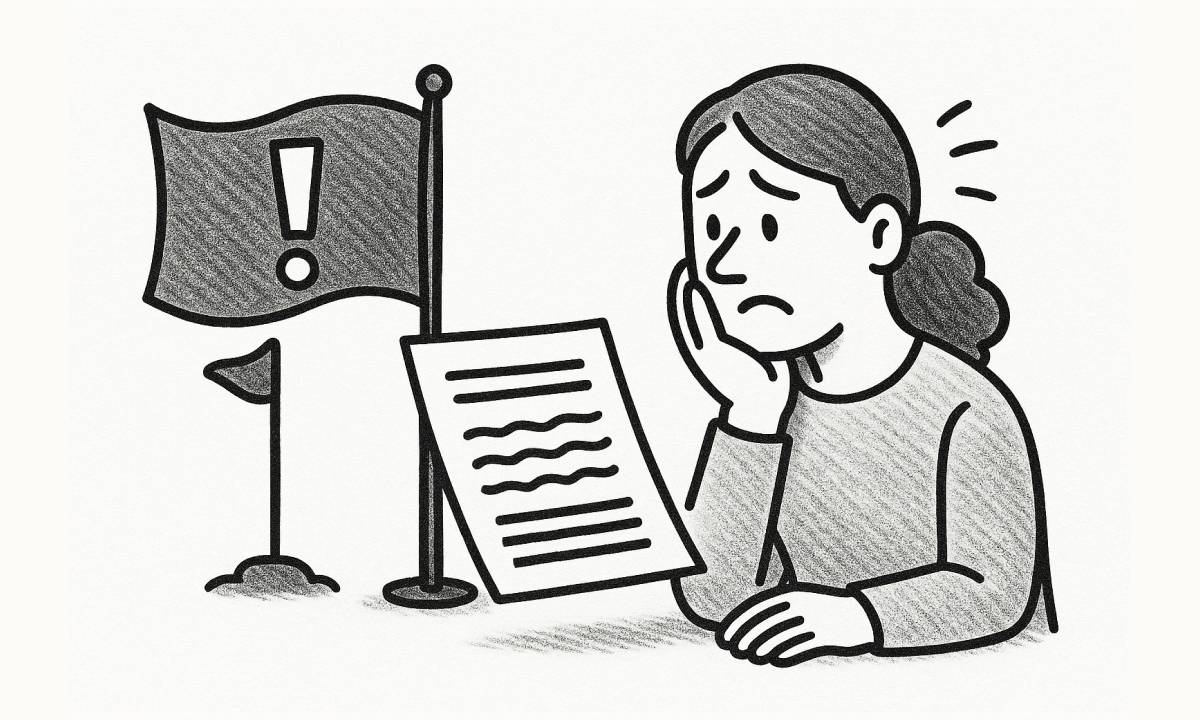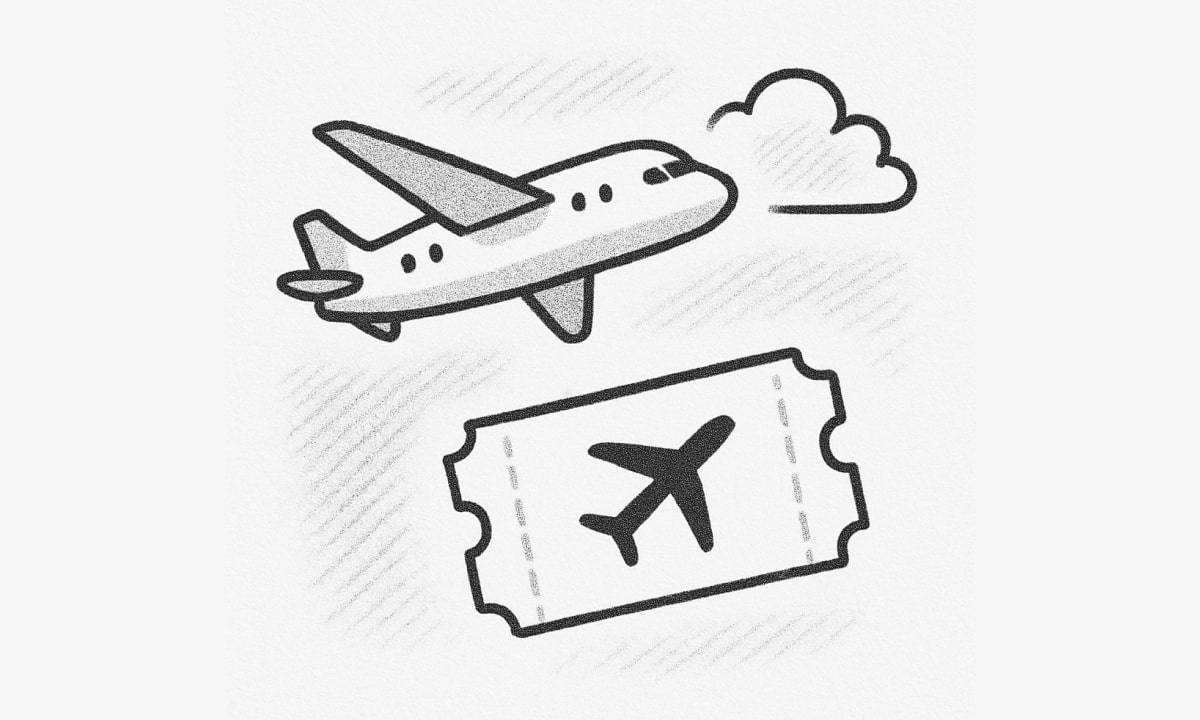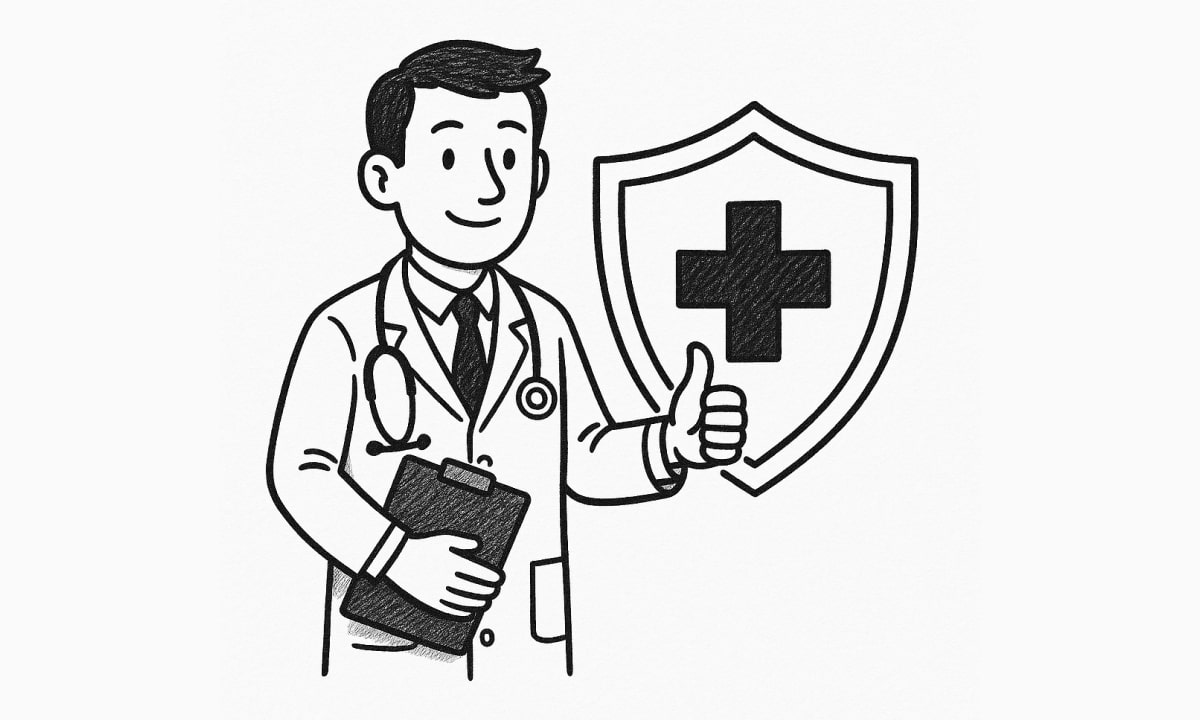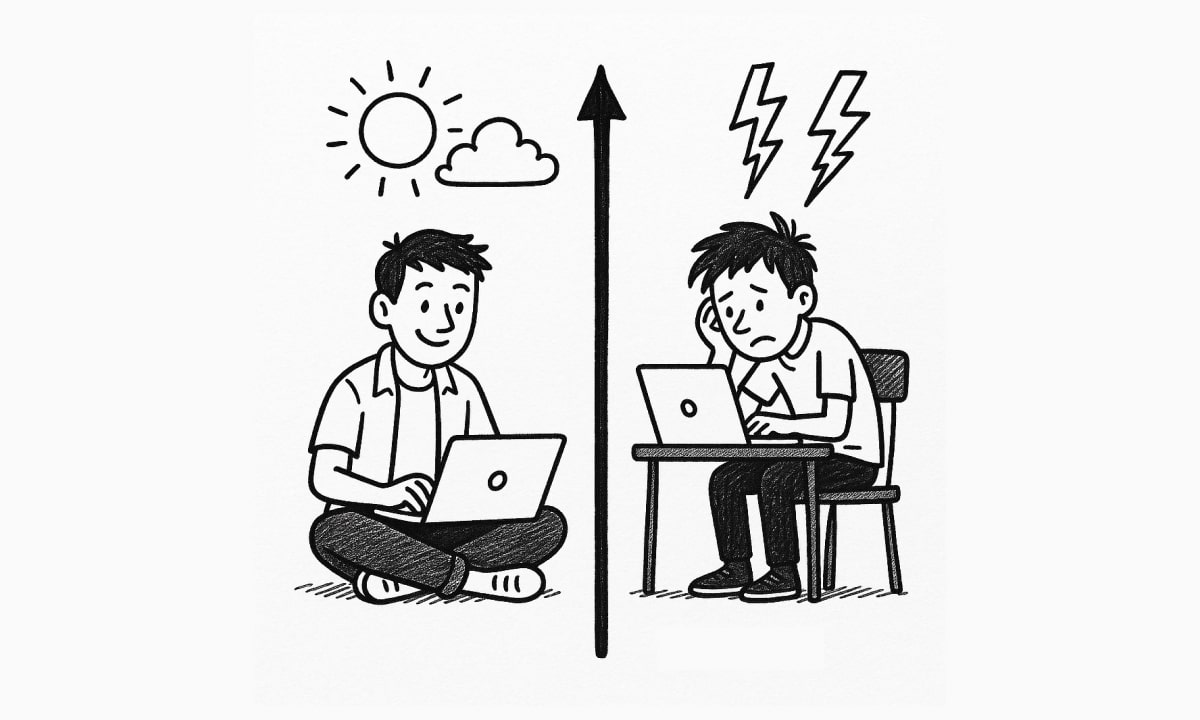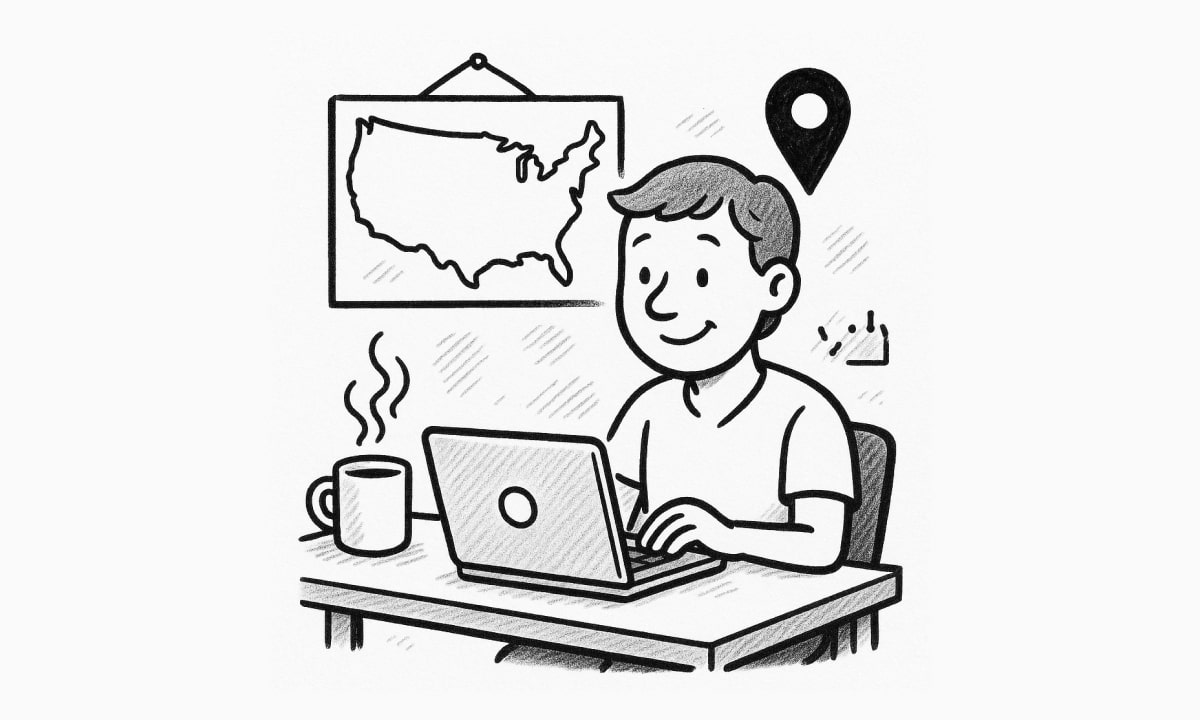While every job carries its own hazards, certain industries in the UK come with significantly heightened risks. For example, construction sites bristle with potential dangers like falls from scaffolding, heavy machinery malfunctions, or even electrocution if wiring isn’t handled properly. Agriculture ranks high on the list too, thanks to large-scale equipment and unpredictable livestock. Offshore workers in the oil and gas sector often face harsh weather, towering rigs, and high-pressure systems. Add in roles like waste management or courier driving, and it’s clear that some professions simply require a sharper focus on safety. Though these roles are vital to society—providing homes, food, and essential services—the nature of the work means that accidents can and do happen.
The Most Dangerous Sectors
Different agencies release annual statistics on workplace injuries, helping pinpoint where incidents tend to cluster. Construction frequently tops the list in reported fatalities, followed by agriculture and manufacturing. The fishing industry, while smaller, claims a disproportionate number of serious incidents. Night-time delivery drivers also navigate a unique set of dangers, from road accidents to fatigue-related mishaps. It’s worth noting that “dangerous” doesn’t mean workers in these fields are doomed to accidents. Rather, it highlights where specialized precautions and thorough training make the biggest difference. Many companies invest heavily in safety education, from wearing proper personal protective equipment (PPE) to running routine emergency drills. This consistent emphasis helps lower the odds of a workday turning tragic.
Common Hazards Across Industries
| Job Sector | Typical Dangers | Key Safety Measures |
| Construction | Falls, heavy machinery | Scaffolding checks, PPE, training |
| Agriculture | Large vehicles, livestock | Machinery safeguards, fenced enclosures |
| Offshore Drilling | Harsh weather, high-pressure systems | Rig inspections, strict protocols |
| Waste Management | Hazardous materials, heavy loads | Protective gear, handling guidelines |
| Courier/Delivery | Road accidents, fatigue | Driver awareness, schedule limits |
Though each sector has unique challenges, universal elements like regular inspections and comprehensive training can help mitigate risk. By recognizing these threats upfront, businesses and workers can collaborate on targeted safety strategies.
Minimizing Risk on the Job
Regardless of the industry, the foundation of workplace safety begins with awareness. If you’re starting a high-risk role, make sure you understand the hazards tied to your tasks—know your tools, your environment, and your emergency exits. Employers can strengthen this approach by conducting frequent hazard assessments and keeping open lines of communication. That might mean a quick “toolbox talk” before each shift, or a suggestion box that staff genuinely trust. Creating a culture where reporting near-misses and concerns is encouraged—rather than penalized—goes a long way toward preventing bigger incidents. After all, it’s cheaper and less disruptive to address small issues than to tackle a full-blown crisis once it’s already happening.
The Role of Ongoing Education
Ongoing education in the workplace is a crucial element that prevents complacency from creeping in. Even experienced workers can fall into bad habits, or fail to update their methods as new technology emerges. Offering refresher courses and upskilling opportunities keeps safety protocols front of mind. In some industries, online modules or in-person workshops can tackle everything from manual handling to recognizing the early signs of equipment fatigue. By consistently exposing staff to new ideas and best practices, employers demonstrate that safety isn’t just a one-time box to check—it’s a core value that shapes daily decisions on the job.
Encouraging Open Dialogue and Feedback
The final piece of the puzzle involves creating a healthy feedback loop. Employees who feel comfortable voicing their observations and concerns become a powerful asset in identifying potential problems early. Maybe someone notices a loose railing on a platform or a strange noise coming from a critical piece of machinery. Acting on these reports swiftly and visibly reinforces that management takes worker input seriously. Over time, this mutual respect fosters an environment where workers are empowered to engage in proactive safety measures—ultimately leading to fewer accidents and a stronger sense of shared responsibility across the entire organization.
No Win No Fee Solicitors: Finding Support After an Accident
Even with best practices in place, accidents sometimes occur, leaving employees facing injuries and financial strain. Fortunately, legal recourse exists for those who believe negligence played a role. No win no fee solicitors specialize in personal injury claims and can guide injured workers through the process of seeking compensation—without demanding hefty upfront legal fees. This arrangement means you pay only if the claim succeeds, reducing the financial risk of pursuing justice. You can find out more at www.nowinnofeesolicitorsco.co.uk but Many individuals hesitate to take legal action due to concerns about cost, but with this model, the focus shifts to proving the legitimacy of the accident and any resultant damages. These solicitors help compile evidence, negotiate with insurers, and represent you if the case escalates to court—making sure your rights are upheld throughout what can otherwise be an overwhelming ordeal.
Striving Toward a Safer Future
All high-risk industries continue to explore technology and innovations that elevate worker safety. In construction, that might mean using drones to inspect scaffolding or wearable sensors that alert managers to falls. Farmers benefit from modern machinery equipped with advanced safety features like auto-shutdown or collision detection. Even smaller organizations can adopt user-friendly systems that track compliance and training, ensuring everyone has the skills they need. When employees and employers jointly commit to ongoing improvement—whether that’s new safety measures, thorough reporting systems, or just cultivating a watchful mindset—dangerous jobs become less perilous. Ultimately, it’s about safeguarding the people who power these essential sectors and ensuring they return home safely at the end of each day.

